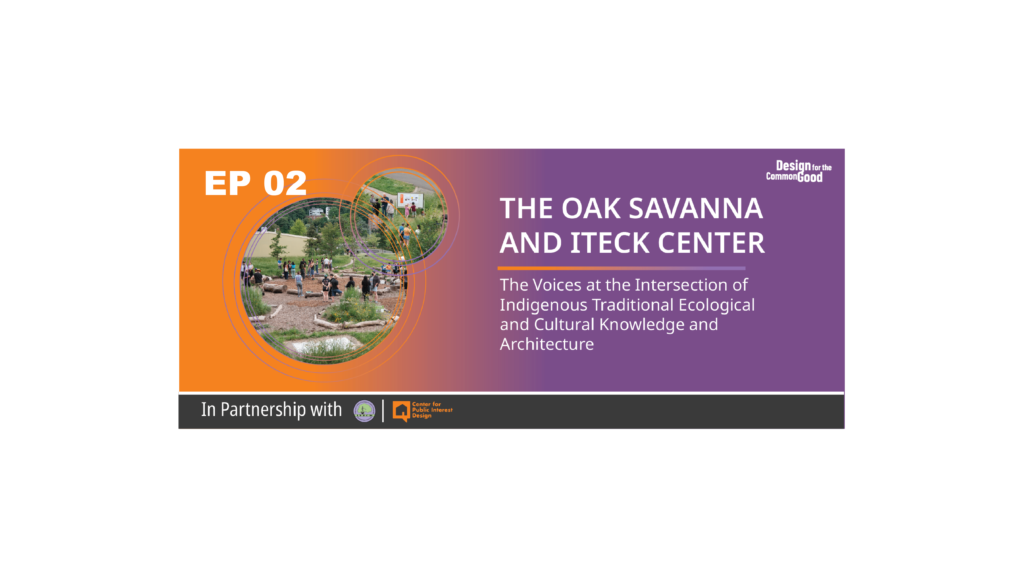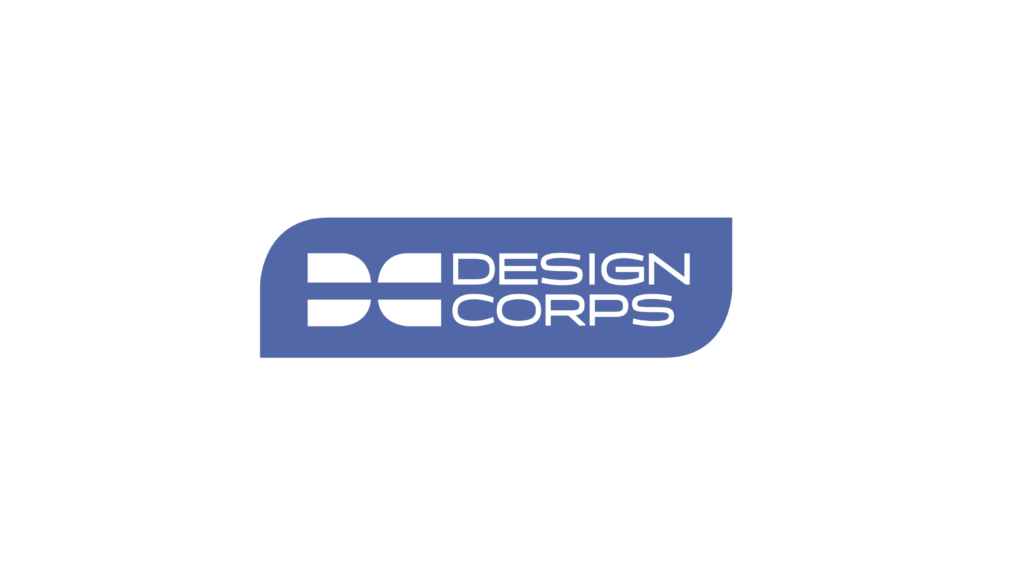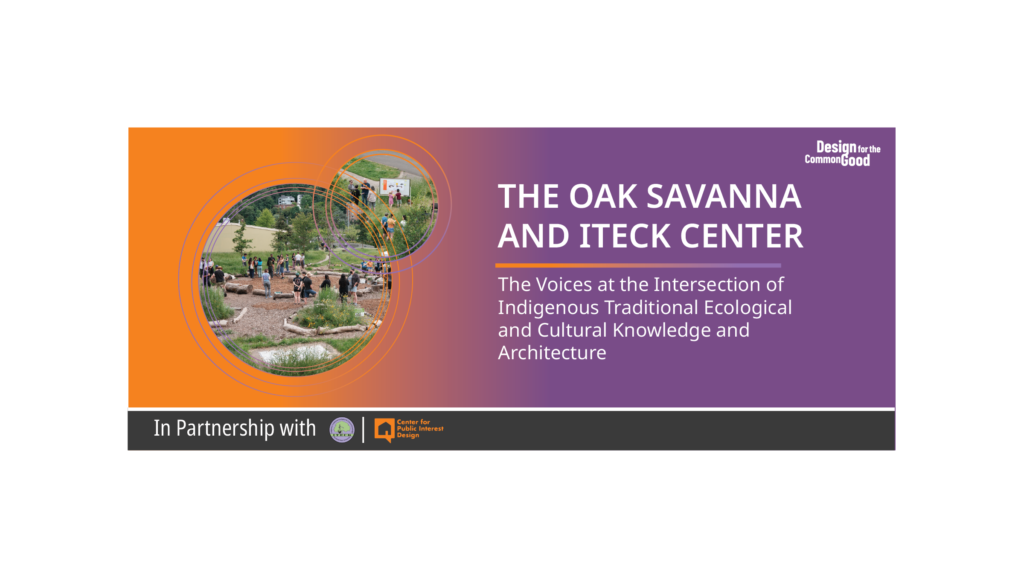
Can Design Reclaim Public Space?
The Kounkuey Design Initiative (KDI) began when six Harvard Design School students nearing graduation asked a question: Can we use our skills towards social justice rather than at the big design firms we are expected to join? One of the six, Arthur Adeya, was from Kenya, so they decided to investigate answers in Kibera, a large informal settlement in Nairobi.
When KDI began work in Kibera, they recognized this was not their community and they did not want to impose their assistance nor create an innovative design to address a problem they identified in a vacuum. Instead, they sought guidance from experts: the residents of Kibera. They also came up with a name for their organization: Konkuey, a Thai word that means, “get to know intimately.”
KDI has worked in Kibera since 2006. Over half a million residents live there, in a very small space without formal waste management, scarce affordable water and only one decent toilet for 250 residents. In depth conversations and collaborations with residents led to The Kibera Public Space Project. This network of community hubs, created from waste spaces such as hazardous dumping sites, identified and transformed these areas in partnership with community groups. The result is a network of welcoming public spaces with basic amenities like clean water, toilets, schools and playgrounds as well as income generating assets such as community gardens and small-business kiosks. There are also social development services provided such as technology training. The combination of small businesses and training mean that the transformed spaces were financially and operationally self-sufficient by year two.
KDI seeks to create what they now call ‘Productive Public Spaces’ wherever they work—and always through the same process of deep community engagement. In fact, their goal is to empower the community to the point that KDI is no longer necessary.
In 2011 the group began work with residents of the St. Anthony trailer park in the Coachella Valley of California. The valley is one of the most fertile agricultural regions of California, with a rich Native American history, yet it shares similarities with some of the poorest communities in the world. The 88,0000 people who live in this unincorporated stretch of land lack access to basic services and often live in dilapidated trailer parks where water is contaminated with arsenic.
Replicating the process used in Kenya, KDI worked with the residents to begin a network of Productive Public Spaces. The intent is to create spaces for meetings, education, small business development–and where new community interactions can flourish.
Now based in Los Angeles, CA and Nairobi, Kenya. KDI’s work has expanded throughout Africa, Latin America and the U.S. In all cases, the process is the same: extensive upfront community engagement that reveals underlying systemic needs and the subsequent enlistment of the community in the design and construction of solutions.
KDI’s work, and process, illustrates how designers can catalyze new developments in public space often with minimal resources.
Listen to this podcast in which Chelina Odbert and Jennifer Toy of the Kounkuey Design Initiative share their thoughts on how to engage community.







